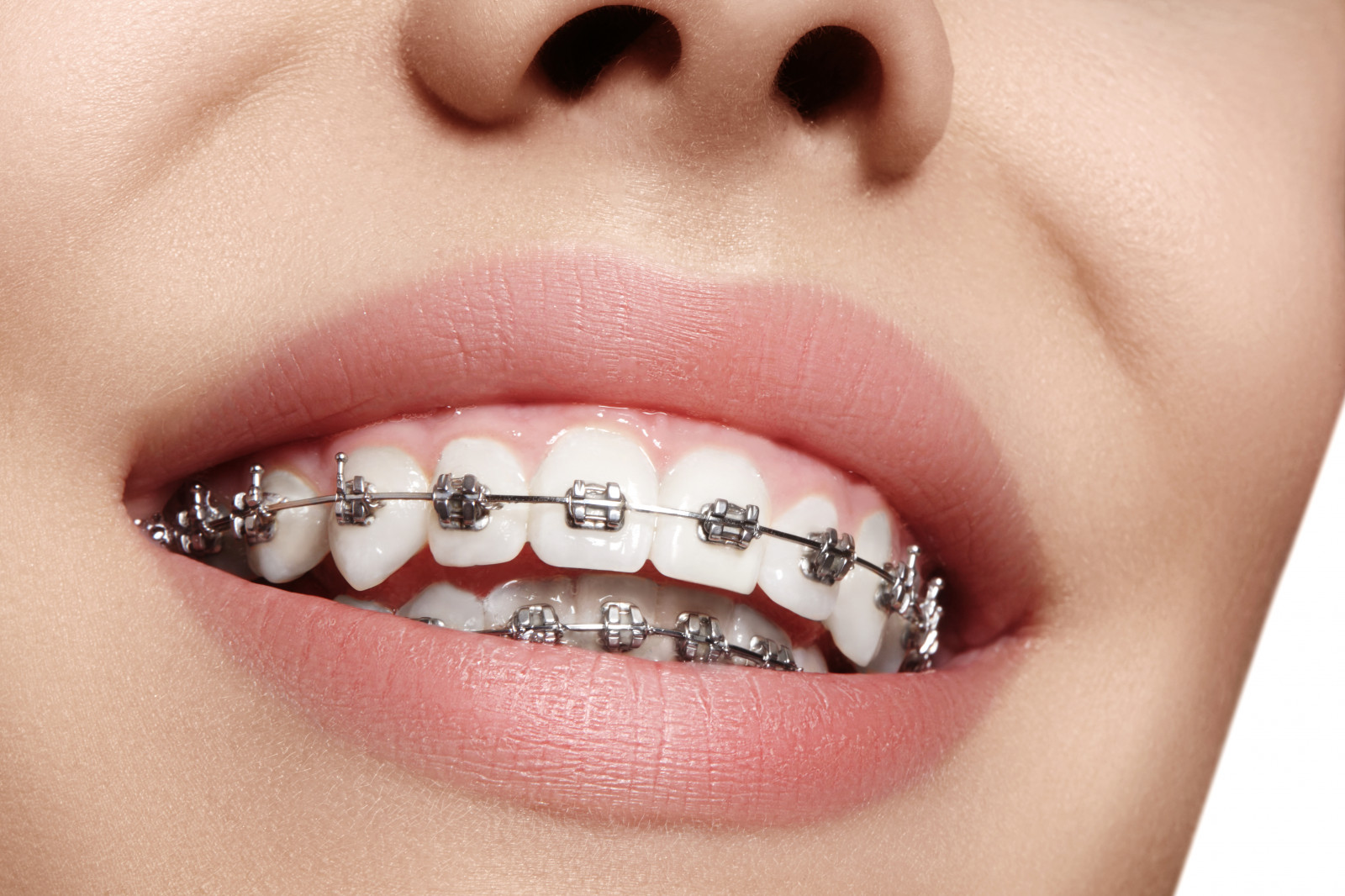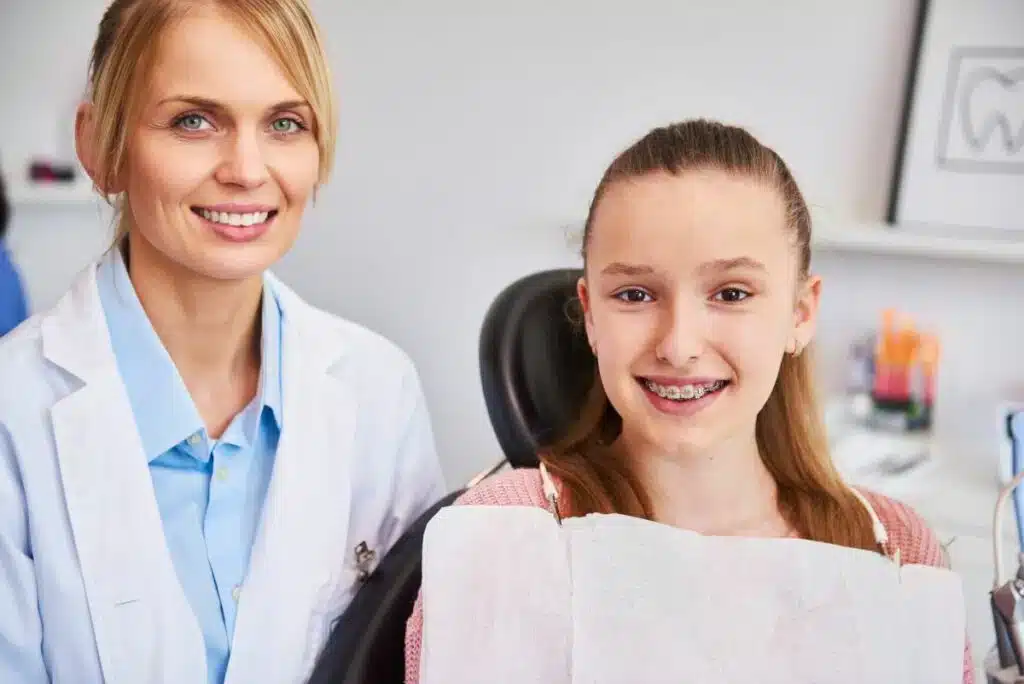Top Guidelines Of Causey Orthodontics
Table of ContentsThe 7-Second Trick For Causey OrthodonticsSome Known Incorrect Statements About Causey Orthodontics The Ultimate Guide To Causey OrthodonticsHow Causey Orthodontics can Save You Time, Stress, and Money.The Causey Orthodontics Statements
Overlooking occlusal connections, it was common to remove teeth for a range of dental concerns, such as malalignment or overcrowding. The concept of an undamaged dentition was not extensively valued in those days, making bite relationships appear irrelevant. In the late 1800s, the concept of occlusion was necessary for developing reliable prosthetic substitute teeth.As these principles of prosthetic occlusion advanced, it became an invaluable tool for dentistry. It was in 1890 that the job and effect of Dr. Edwards H. Angle began to be felt, with his contribution to modern-day orthodontics particularly significant. Initially concentrated on prosthodontics, he taught in Pennsylvania and Minnesota prior to directing his attention in the direction of oral occlusion and the treatments required to maintain it as a typical condition, thus coming to be referred to as the "daddy of modern orthodontics".

The concept of optimal occlusion, as postulated by Angle and incorporated right into a category system, allowed a shift towards dealing with malocclusion, which is any kind of deviation from normal occlusion. Having a full set of teeth on both arcs was very looked for after in orthodontic treatment because of the demand for precise partnerships between them.
Examine This Report about Causey Orthodontics
As occlusion came to be the essential priority, facial proportions and visual appeals were disregarded - best orthodontist. To attain ideal occlusals without making use of exterior pressures, Angle postulated that having perfect occlusion was the best method to acquire maximum face appearances. With the passing of time, it ended up being quite apparent that even a phenomenal occlusion was not suitable when taken into consideration from a visual point of view
It came to be apparent that orthodontic therapy can readjust mandibular growth, leading to the formation of practical jaw orthopedics in Europe and extraoral pressure steps in the US. These days, both practical devices and extraoral devices are used around the world with the objective of modifying development patterns and types. As a result, pursuing true, or at least boosted, jaw partnerships had actually ended up being the main objective of therapy by the mid-20th century.
Unknown Facts About Causey Orthodontics
 The American Journal of Orthodontics was created for this function in 1915; prior to it, there were no scientific purposes to comply with, neither any specific classification system and braces that lacked functions. Till the mid-1970s, braces were made by wrapping steel around each tooth. With developments in adhesives, it came to be possible to rather bond steel brackets to the teeth.
The American Journal of Orthodontics was created for this function in 1915; prior to it, there were no scientific purposes to comply with, neither any specific classification system and braces that lacked functions. Till the mid-1970s, braces were made by wrapping steel around each tooth. With developments in adhesives, it came to be possible to rather bond steel brackets to the teeth.This has had significant impacts on orthodontic therapies that are provided regularly, and these are: 1. Correct interarchal relationships 2. Correct crown angulation (tip) 3.
The benefit of the layout exists in its brace and archwire mix, which calls for just very little cable bending from the orthodontist or clinician (orthodontist near me). It's appropriately called hereafter attribute: the angle of the port and thickness of the bracket base inevitably identify where each tooth is located with little requirement for additional manipulation
All About Causey Orthodontics
Both of these systems employed the same braces for each and every tooth and necessitated the bending of an archwire in three aircrafts for locating teeth in their wanted placements, with these bends determining ultimate placements. When it pertains to orthodontic home appliances, they are separated into two types: detachable and taken care of. Removable devices can be tackled and off by the patient as called for.

Hence, nearly all modern set devices can be thought about variations on this edgewise device system. Early 20th-century orthodontist Edward Angle made a major payment to the world of dentistry. He developed four distinctive home appliance systems that have been made use of as the basis for lots of orthodontic therapies today, barring a couple of exceptions.
Fascination About Causey Orthodontics

The cable finished in a thread, and to move it forward, an adjustable nut was utilized, which enabled a boost in area. By ligation, each private tooth was connected to this extensive archwire (affordable orthodontist near me). Because of its limited series of motion, Angle was not able to attain accurate tooth placing with an E-arch
These tubes held a firm pin, which can be repositioned at each visit in order to relocate them in area. Called the "bone-growing appliance", this gizmo was theorized to urge healthier bone development due to its possibility for transferring pressure directly to the origins. Nevertheless, applying it confirmed frustrating actually.